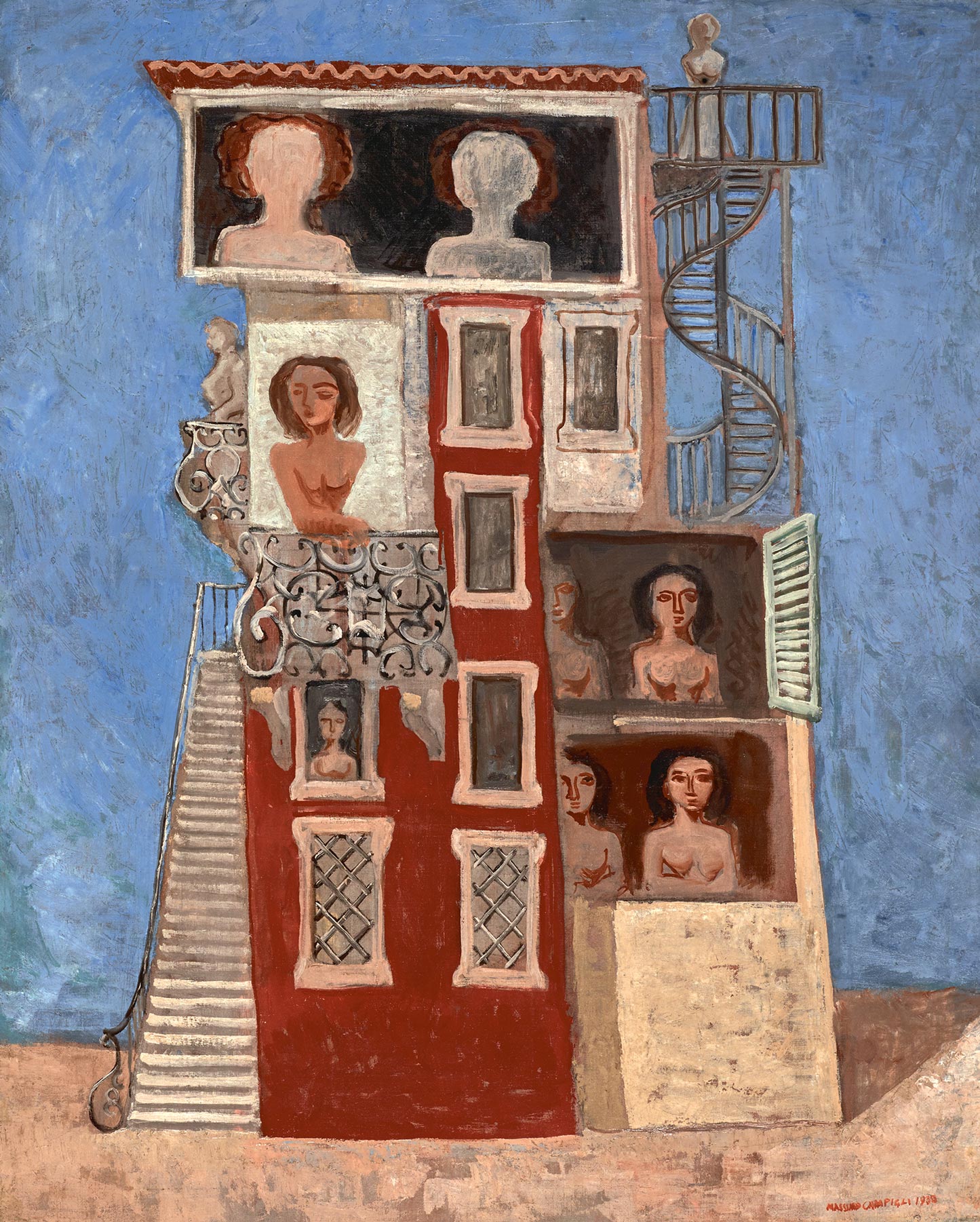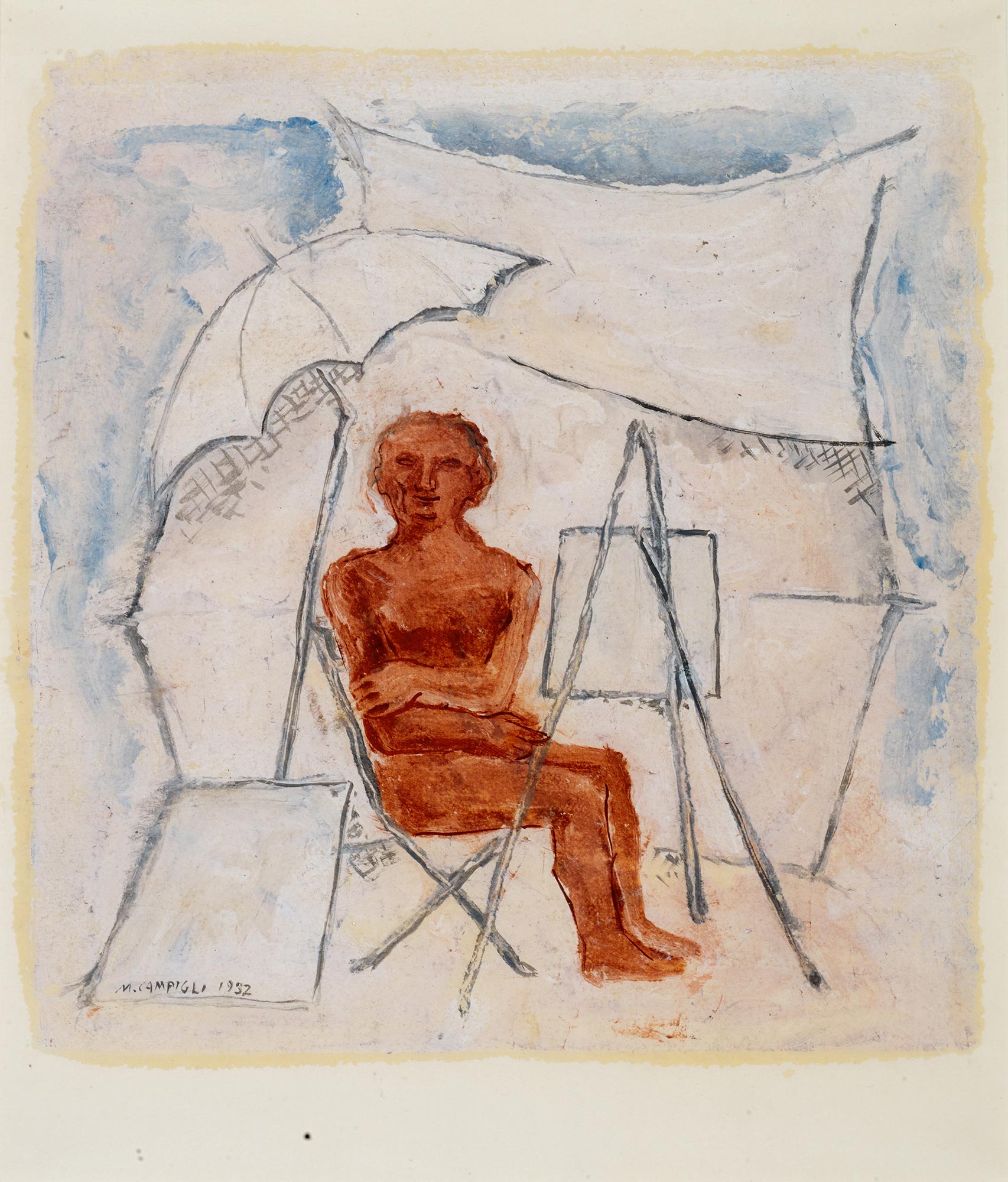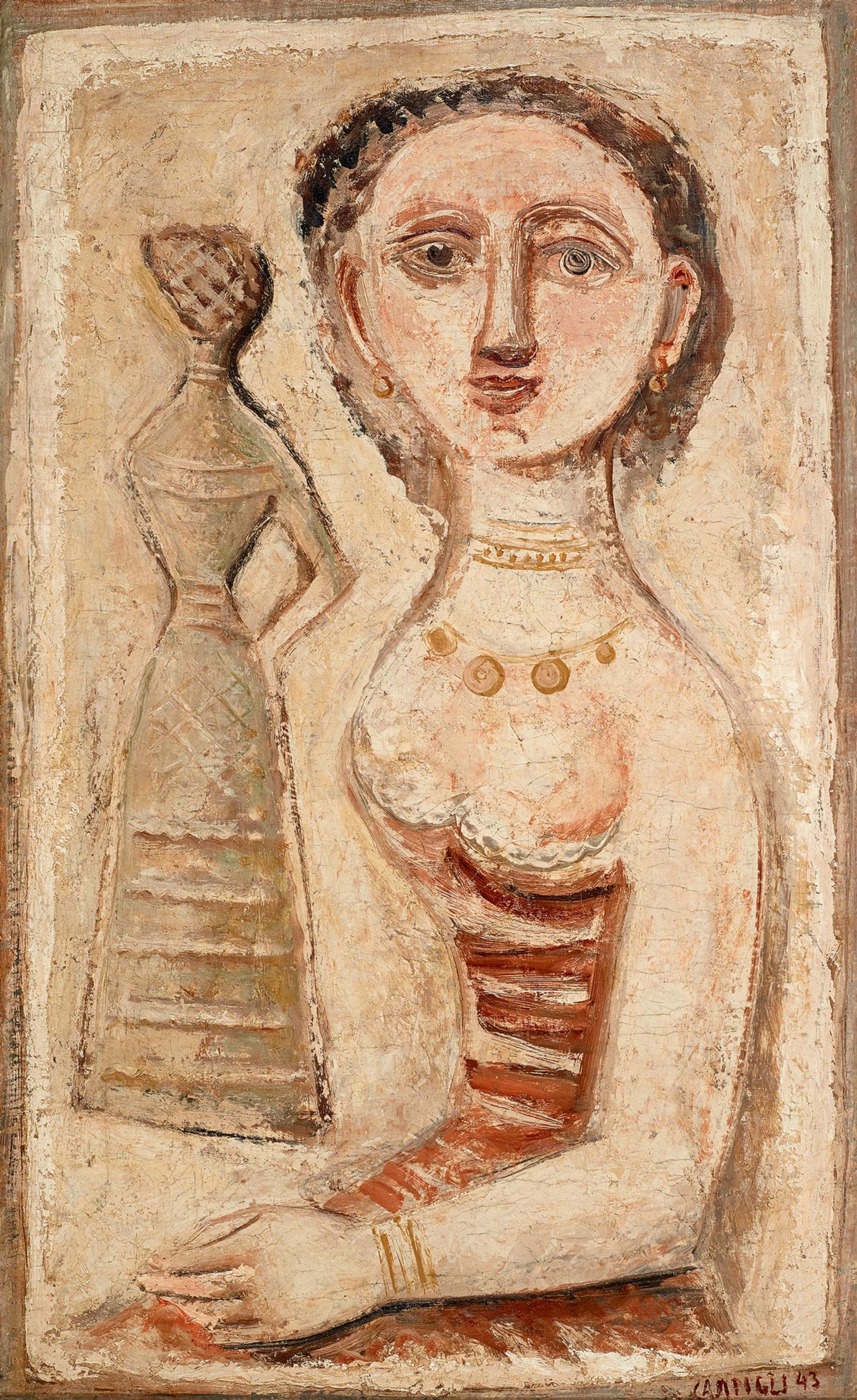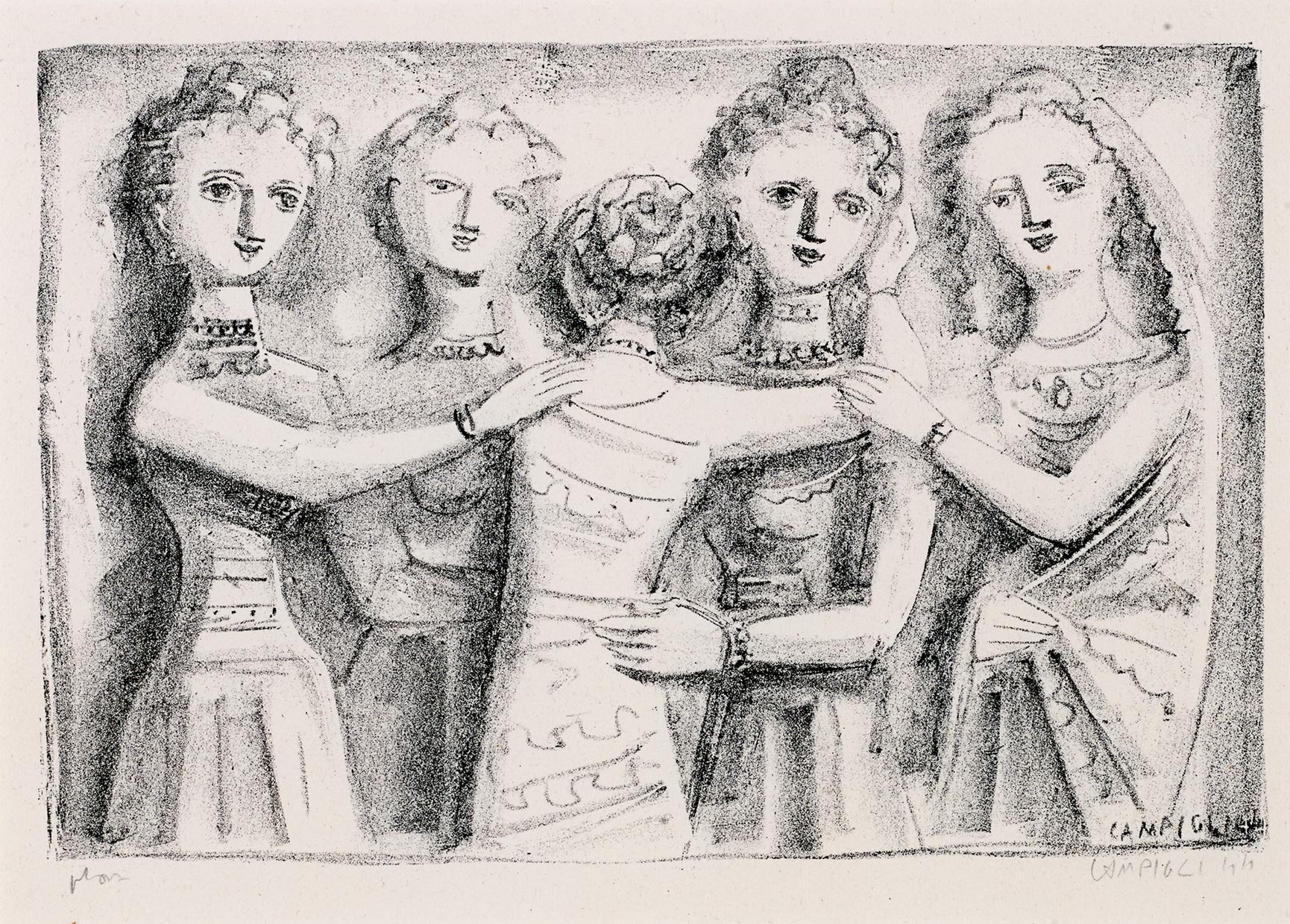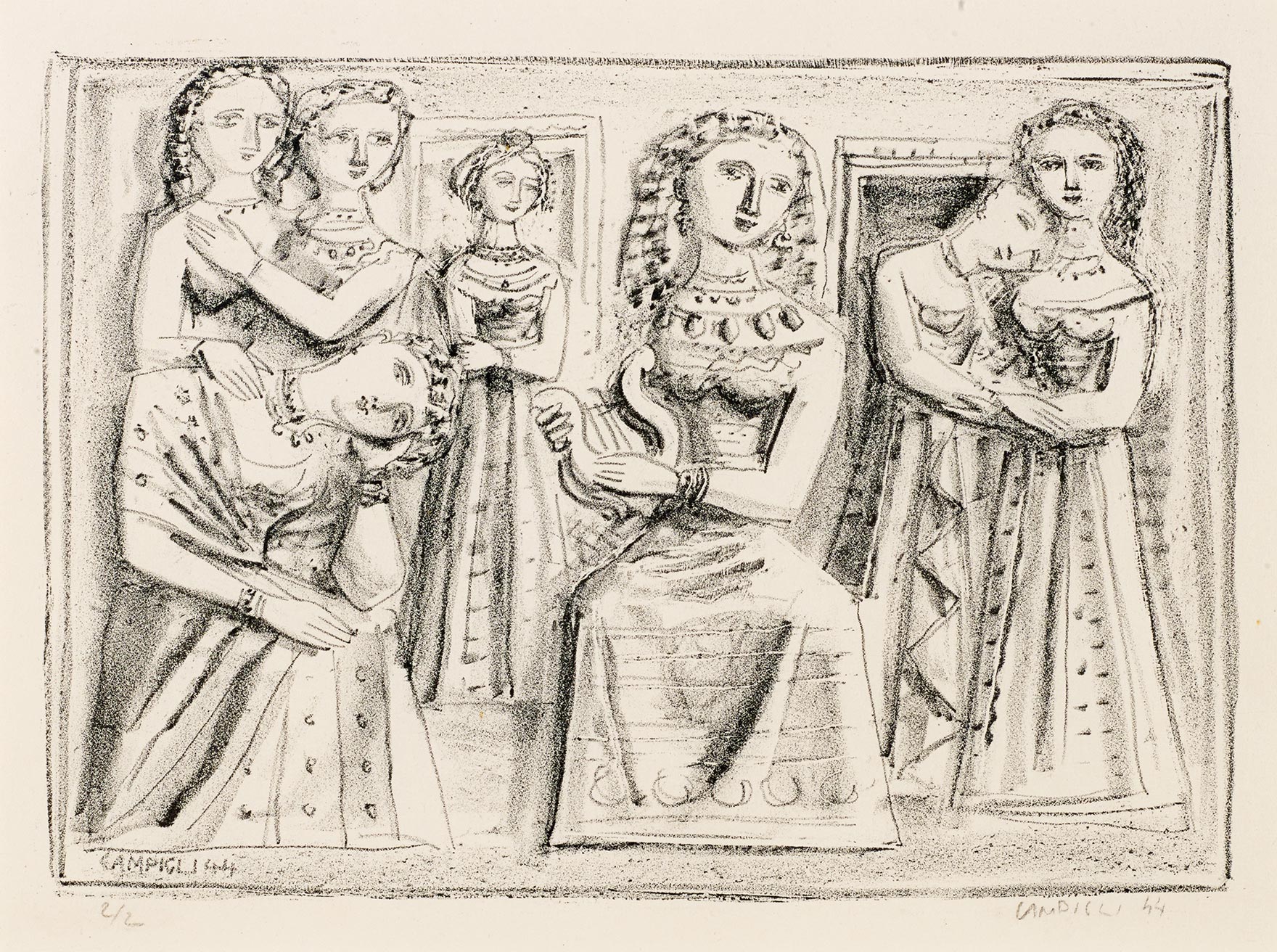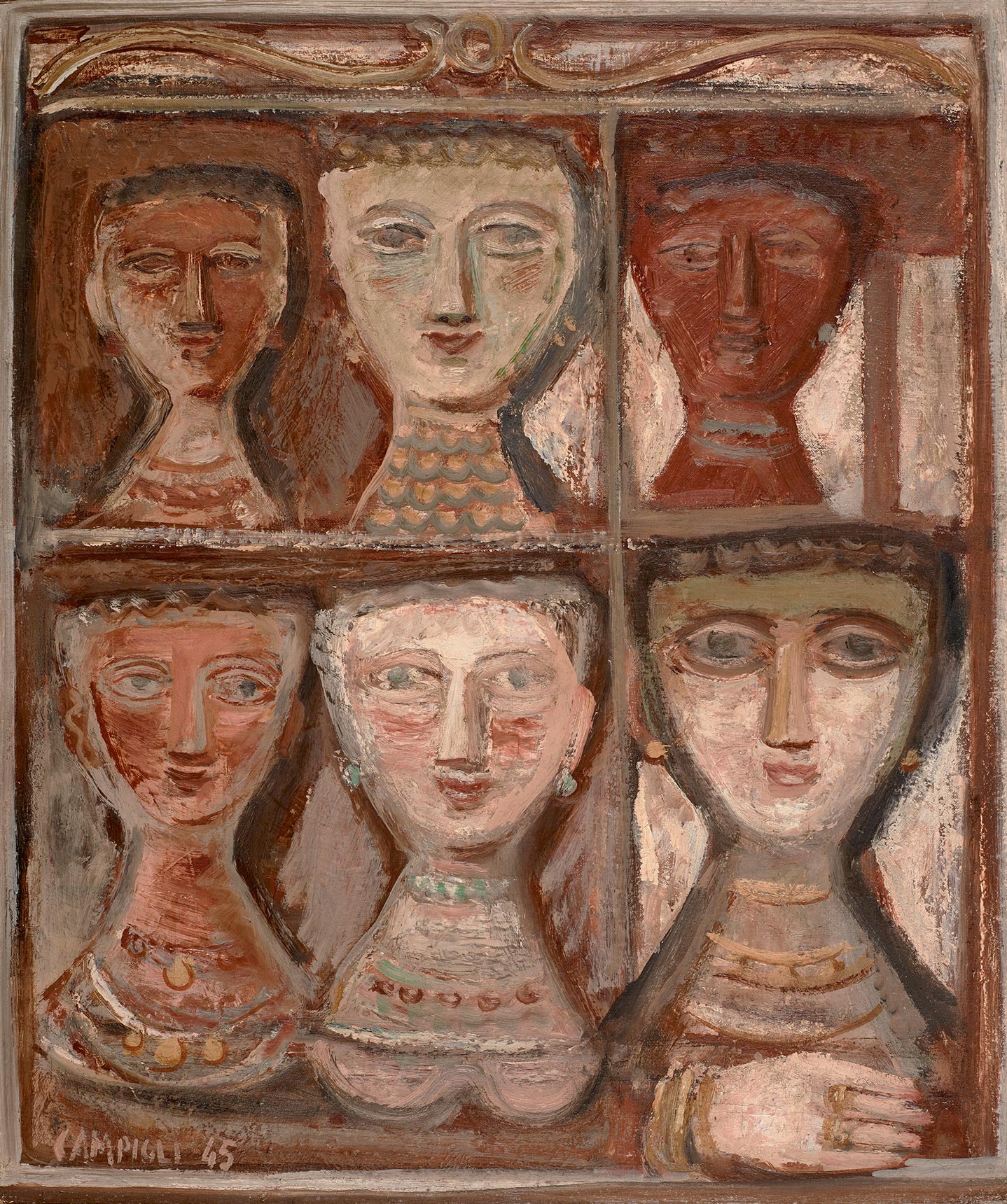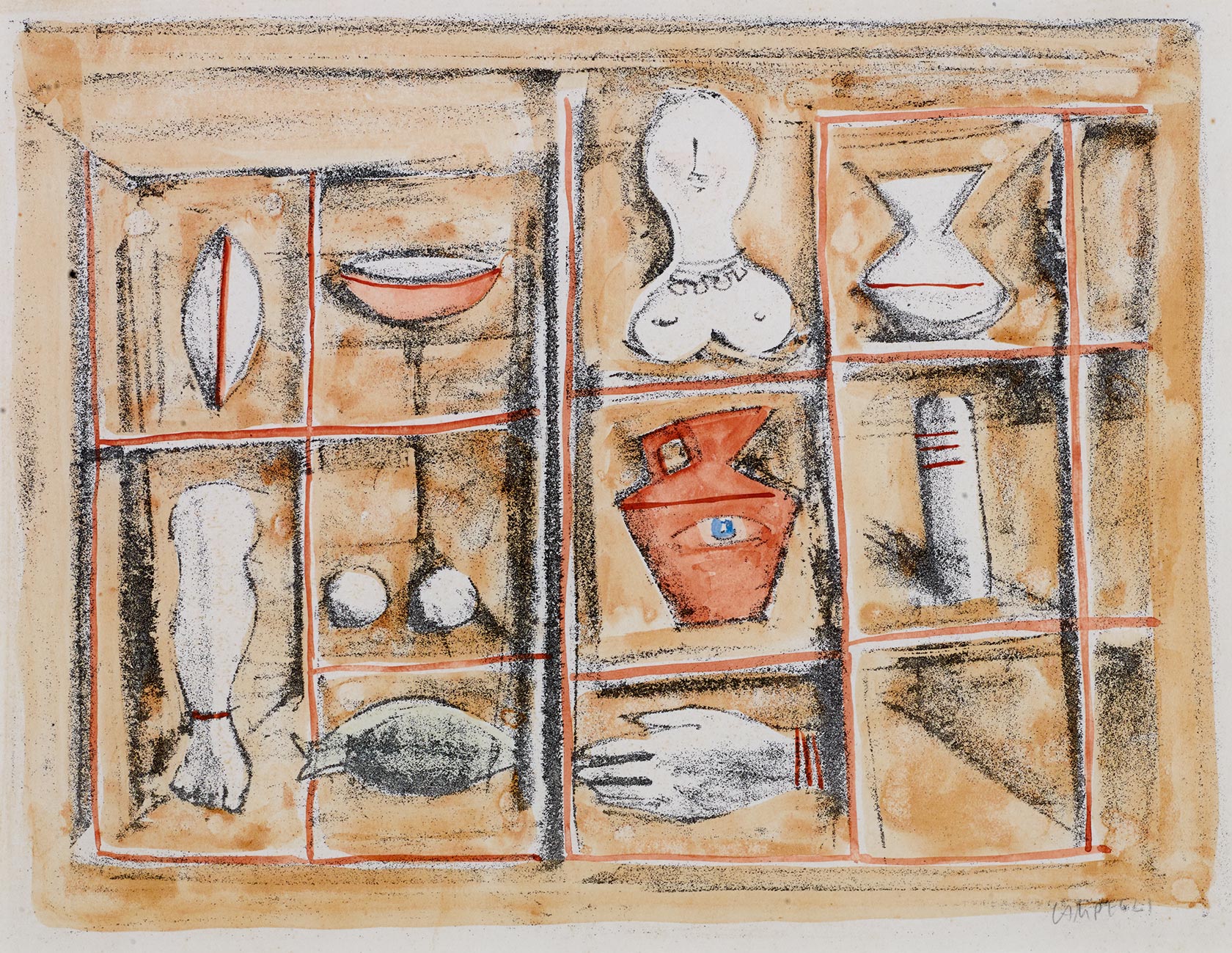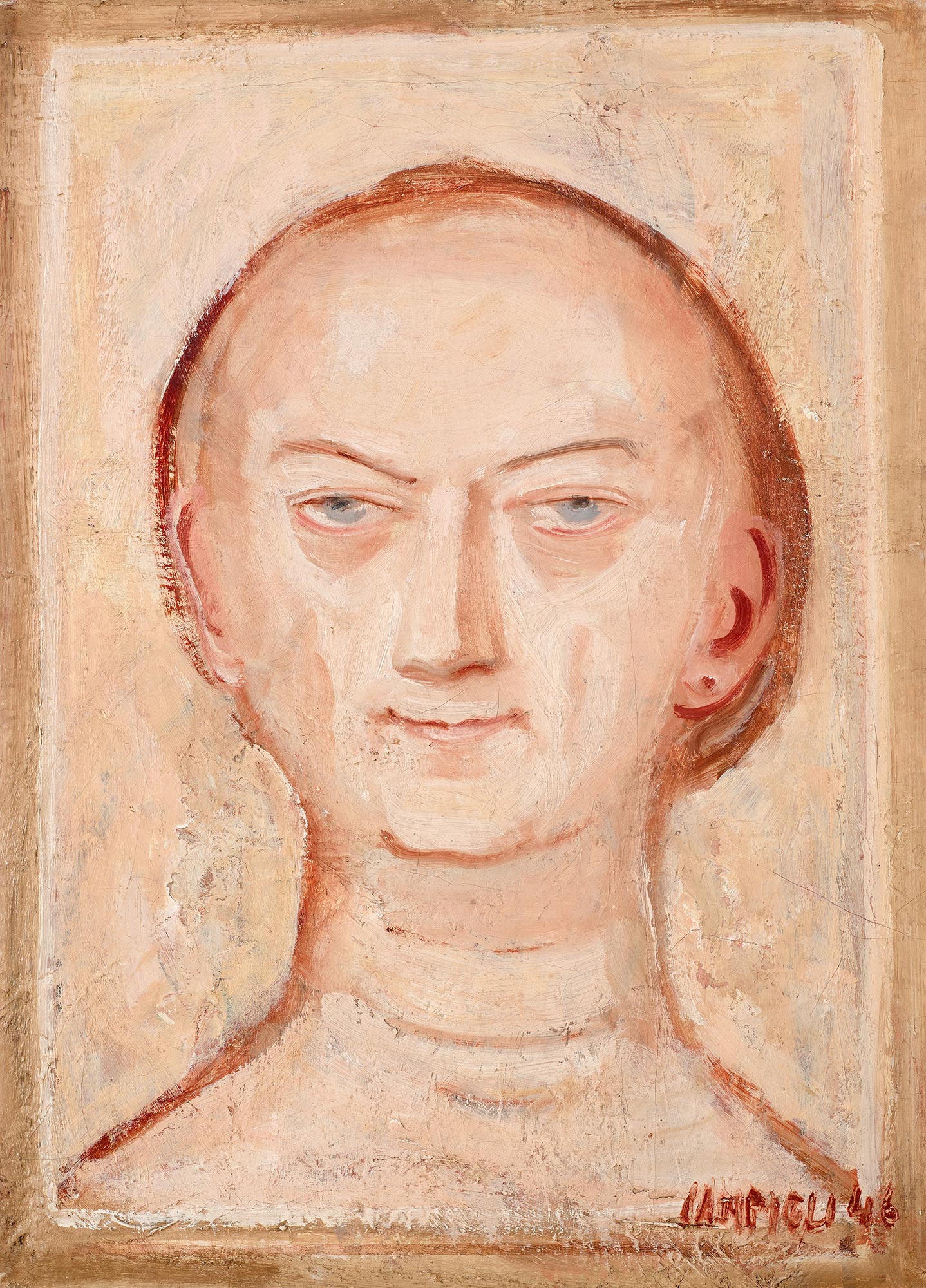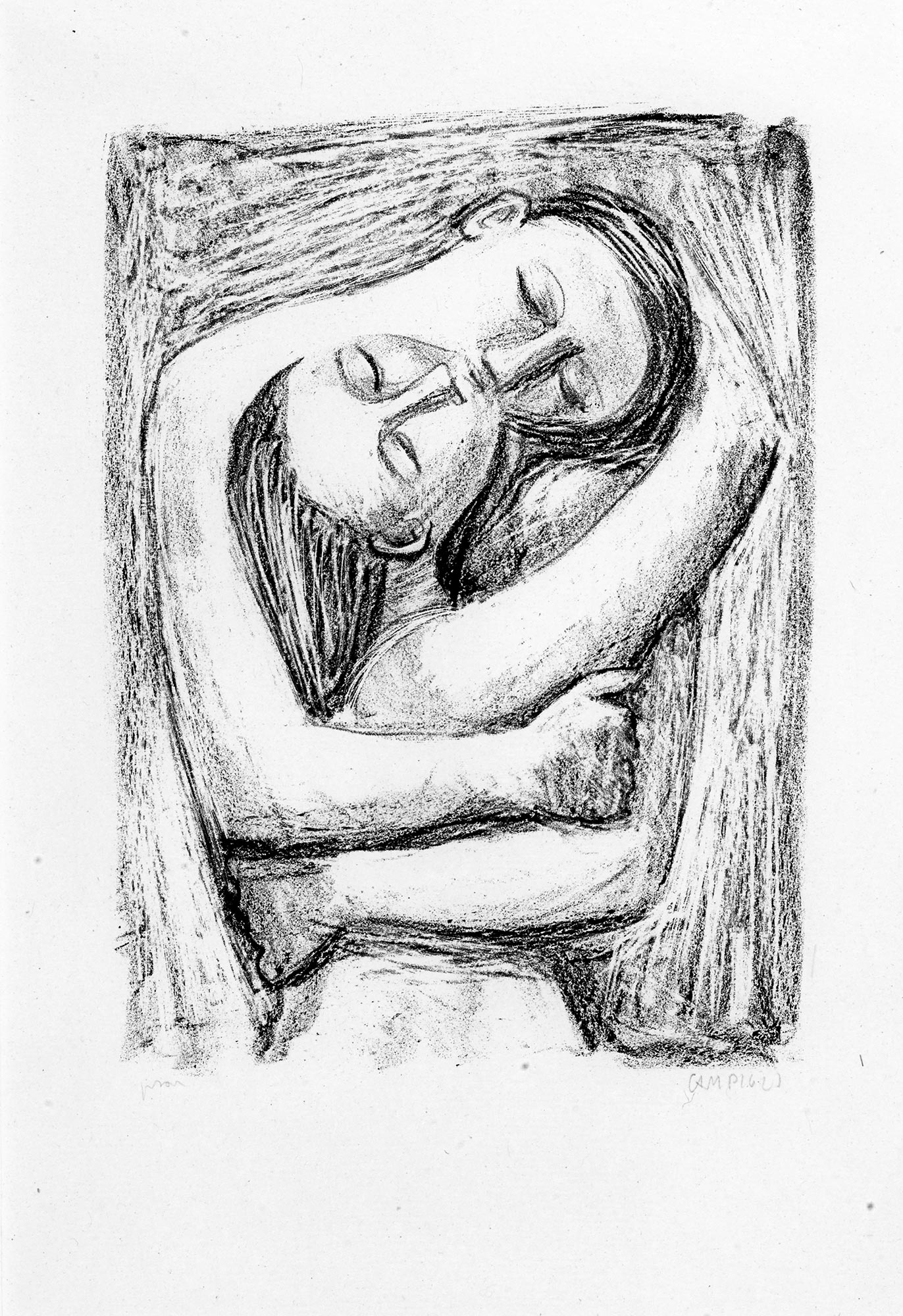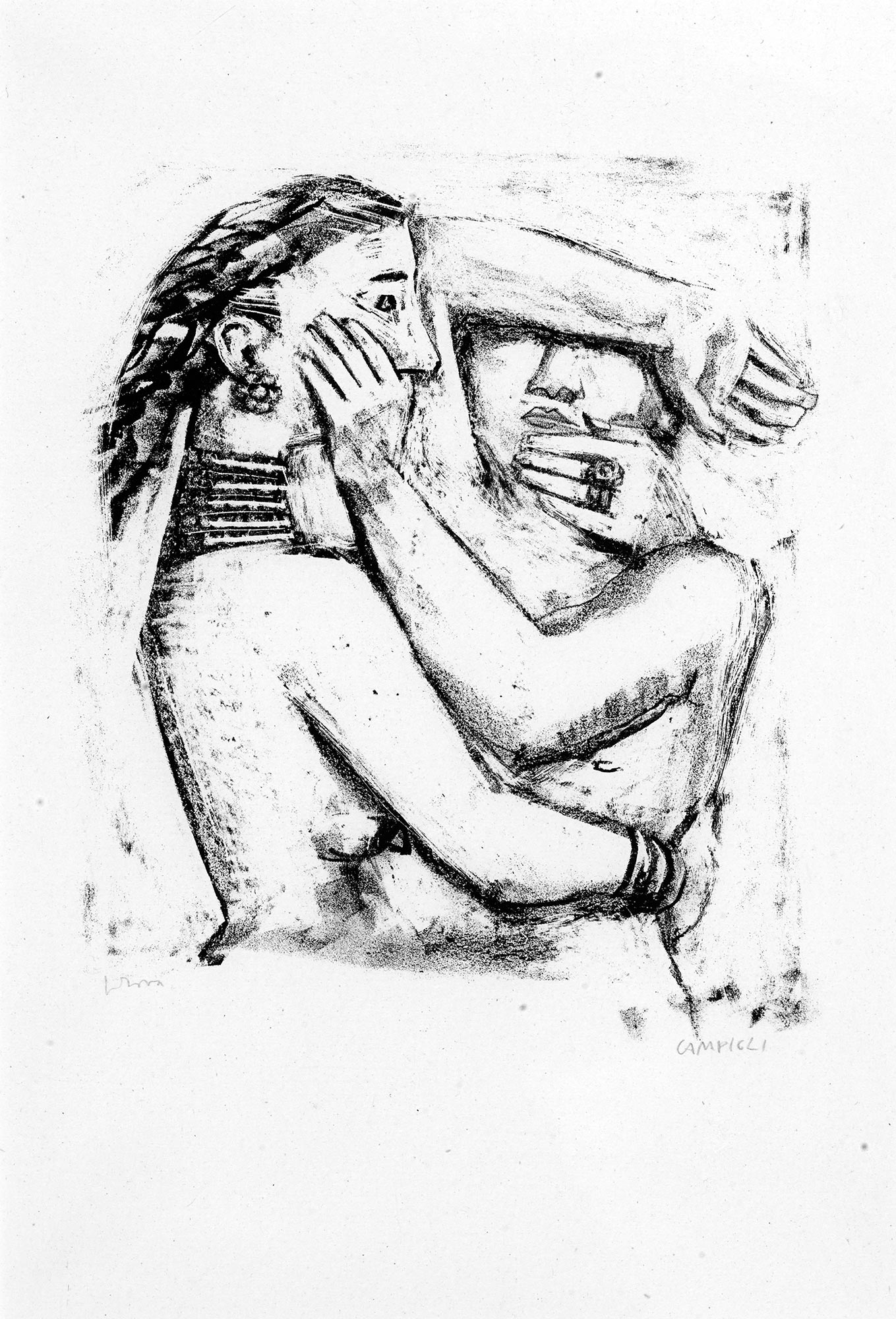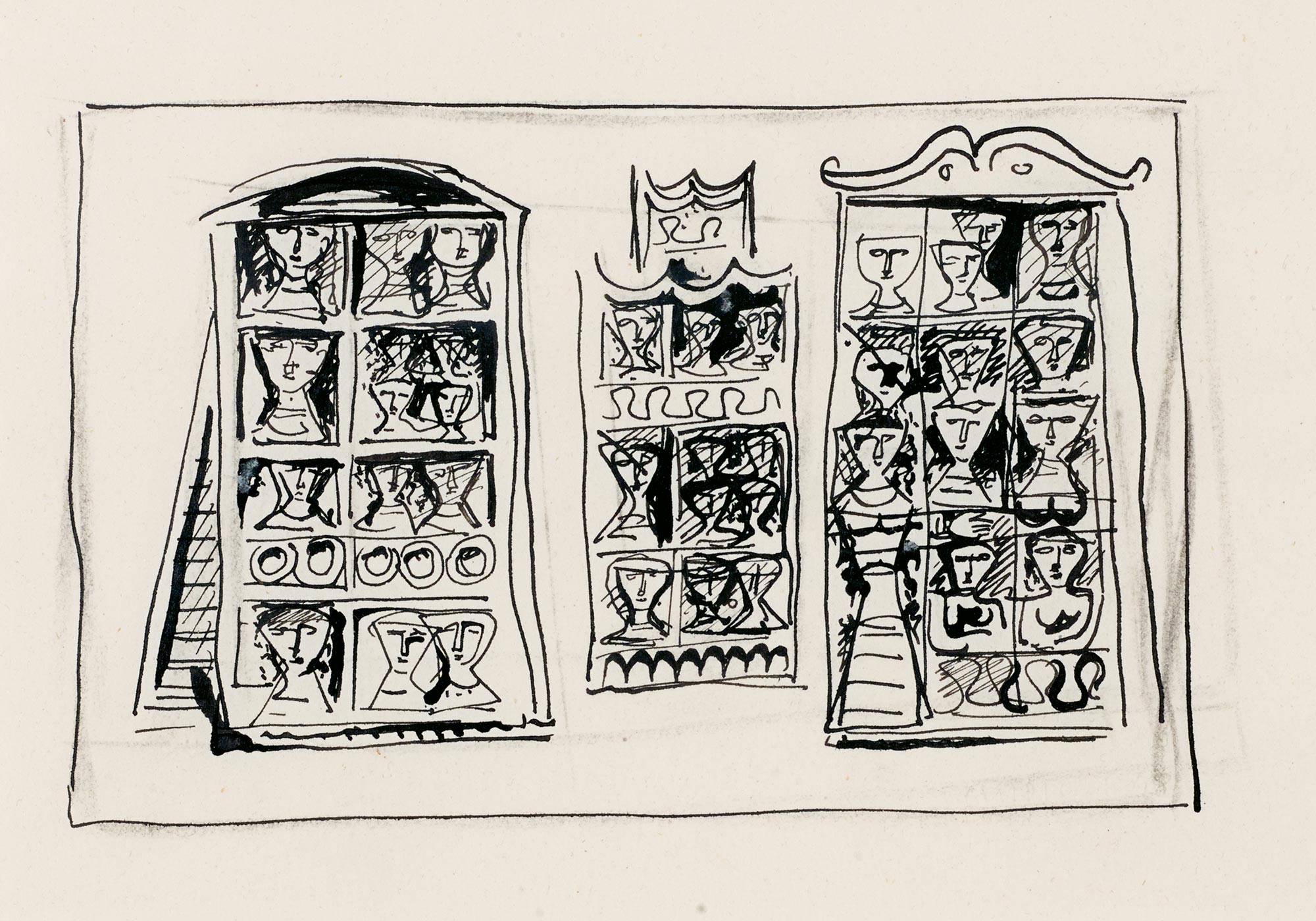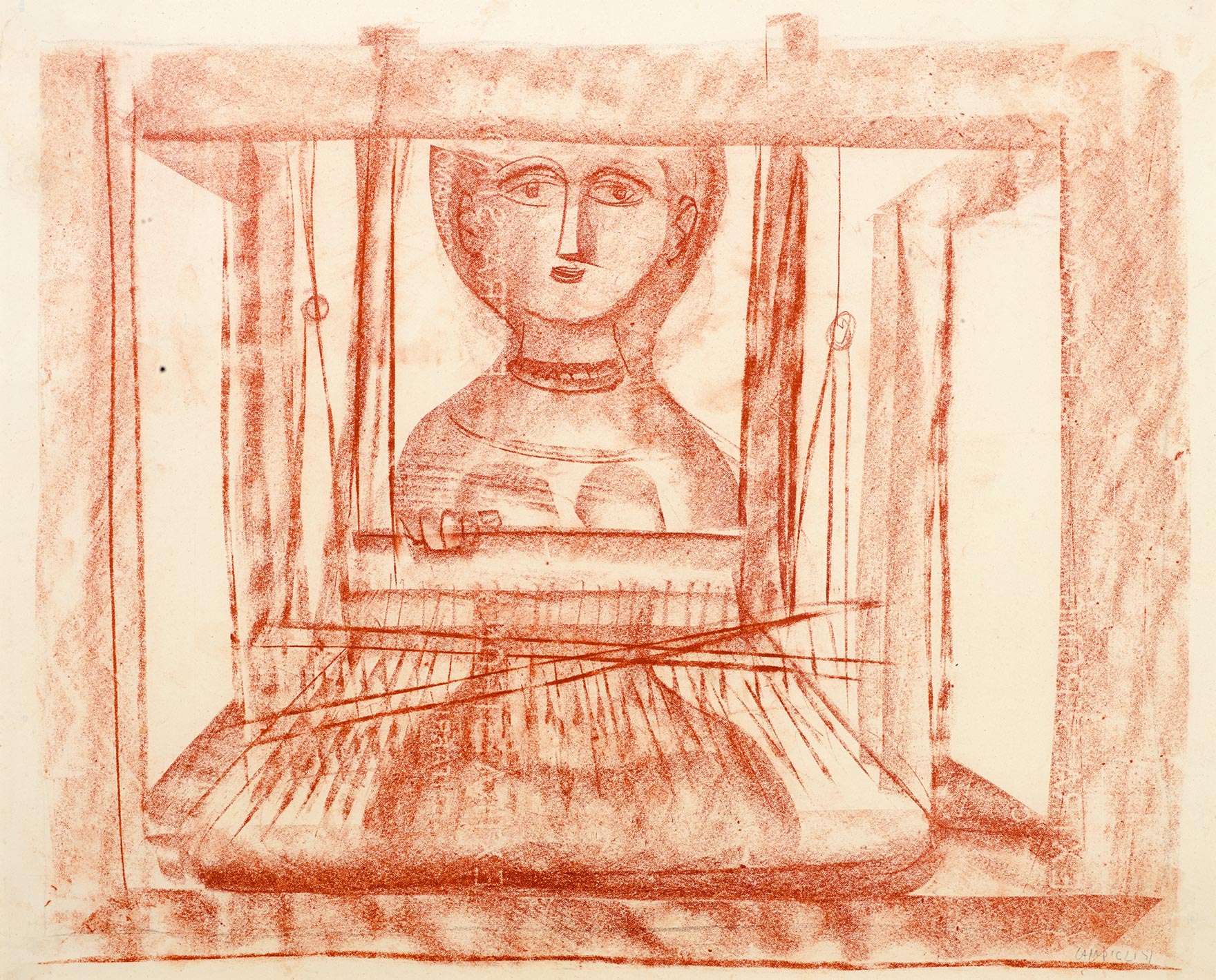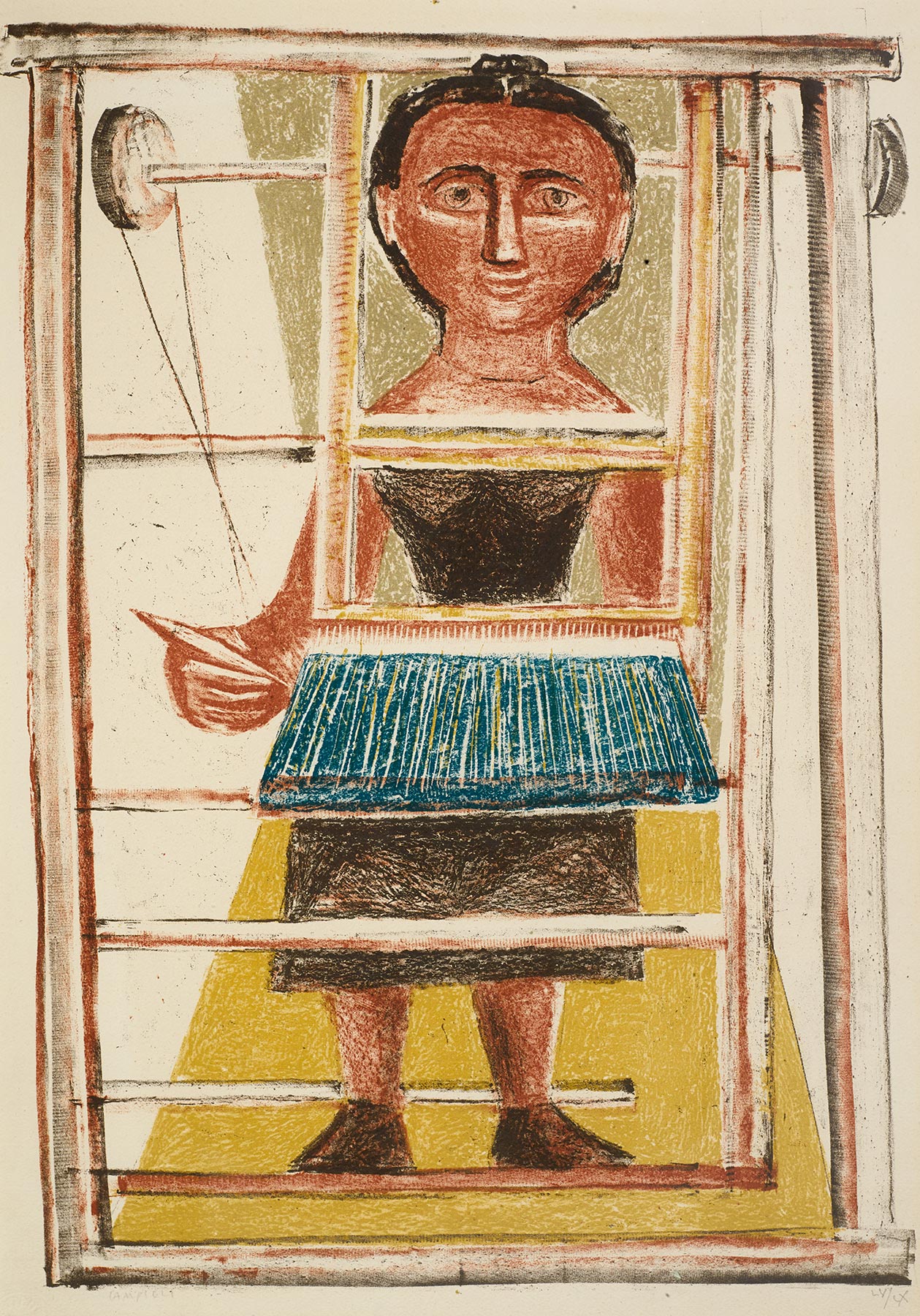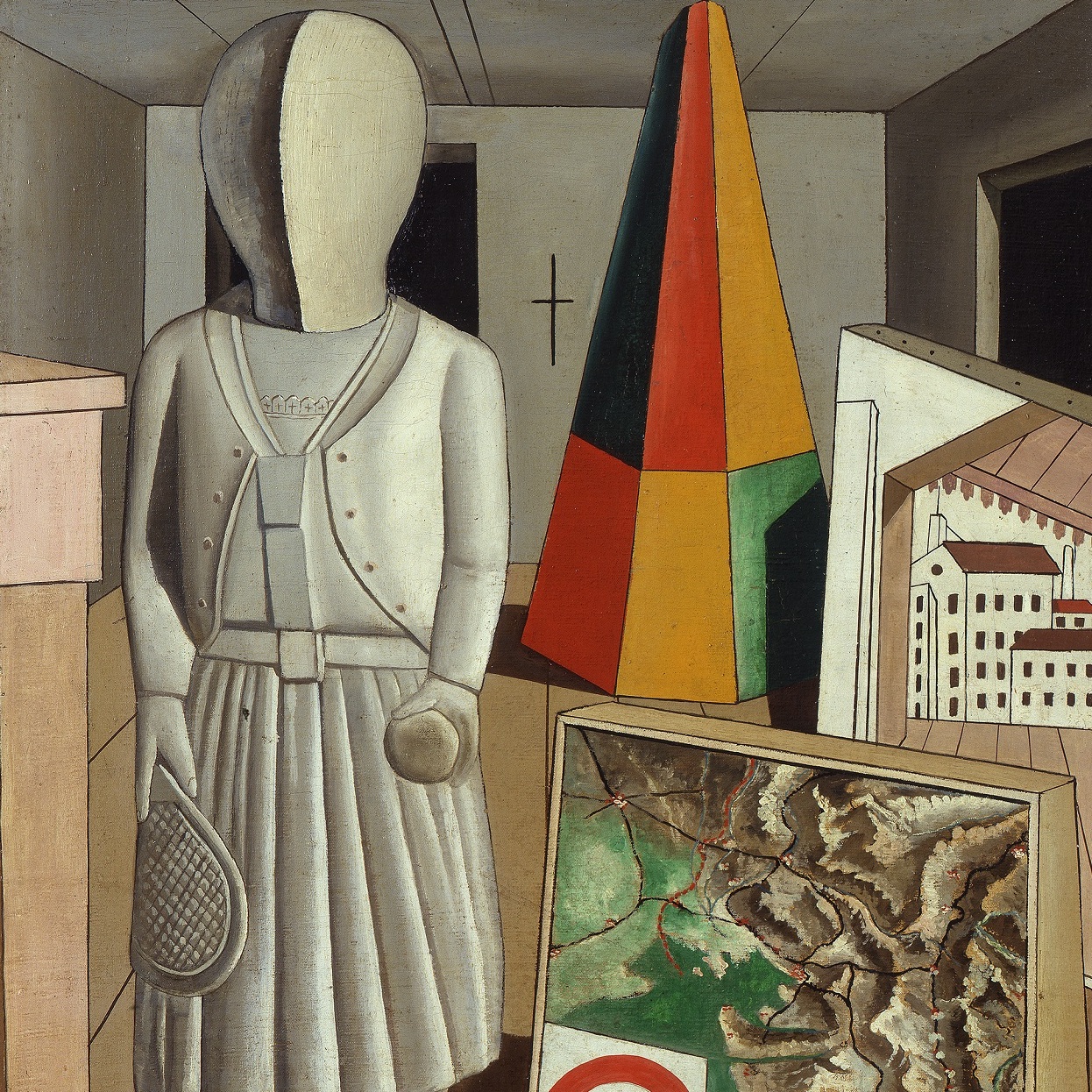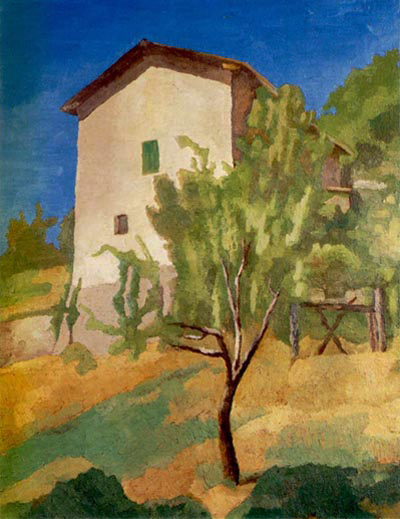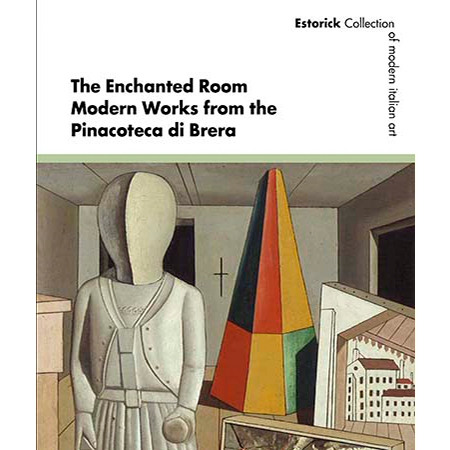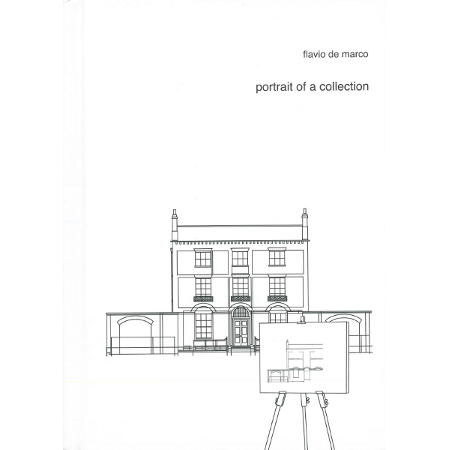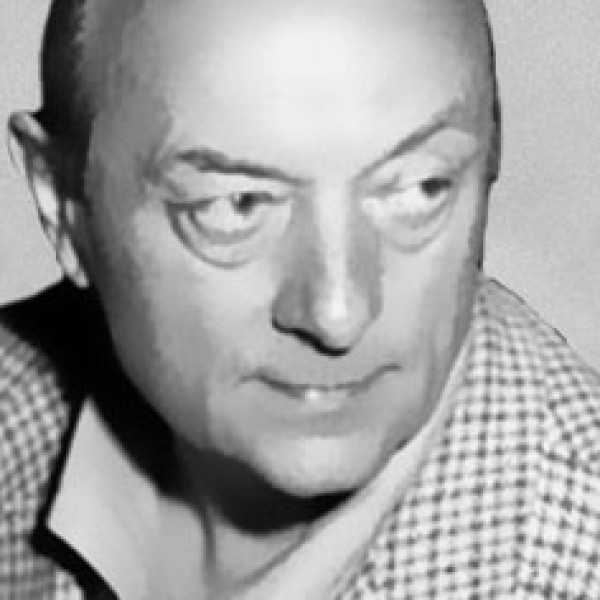
Biography
Campigli (1895-1971) was born Max Ihlenfeld in Berlin, but spent much of his childhood in Florence. In 1909 he moved with his mother and step-father to Milan, where he later came into contact with the city’s avant-garde circles. In 1914 he published an experimental poem in the Futurist journal Lacerba, but his affiliation with the movement never developed further.
In 1919 he moved to Paris to work as a correspondent for the Corriere della Sera, and taught himself to paint, inspired by the geometric imagery of Picasso and Léger. However, his work gradually became attuned to the post-war spirit of the ‘return to order’, emphasising more traditional painterly values. From 1926 Campigli exhibited with the Novecento group led by Mario Sironi, and developed links with the Italiani di Parigi, an association of Italian artists based in the French capital that included Alberto Savinio, Gino Severini, Filippo De Pisis and Giorgio de Chirico.
His discovery of Etruscan art at Rome’s Villa Giulia in 1928 was a revelation, and marked a turning point in his career. Abandoning the monumentality of his earlier work, his imagery became lighter, his palette grew paler and he began to use dry, fresco-like paint applied in layers, suggesting the abraded surfaces of archaeological fragments.
By the 1940s a world occupied by languorous women was Campigli’s only subject matter, except for the occasional self-portrait. His serene, timeless imagery brought him much success throughout his career.
Exhibitions featuring Massimo Campigli
The Enchanted Room: Modern Works from the Pinacoteca di Brera
Morandi and his Time: Paintings from the Giovanardi Collection
Artists in the collection
- Giacomo Balla
- Umberto Boccioni
- Massimo Campigli
- Carlo Carrà
- Giorgio de Chirico
- Gerardo Dottori
- Corrado Govoni
- Emilio Greco
- Renato Guttuso
- Giacomo Manzù
- Marino Marini
- Amedeo Modigliani
- Giorgio Morandi
- Zoran Music
- Ottone Rosai
- Medardo Rosso
- Luigi Russolo
- Giuditta Scalini
- Gino Severini
- Mario Sironi
- Ardengo Soffici
Discover Massimo Campigli in our online shop
Italian Drawing of the 20th Century
The Enchanted Room: Modern Works from the Pinacoteca di Brera
Flavio de Marco: Portrait of a Collection
